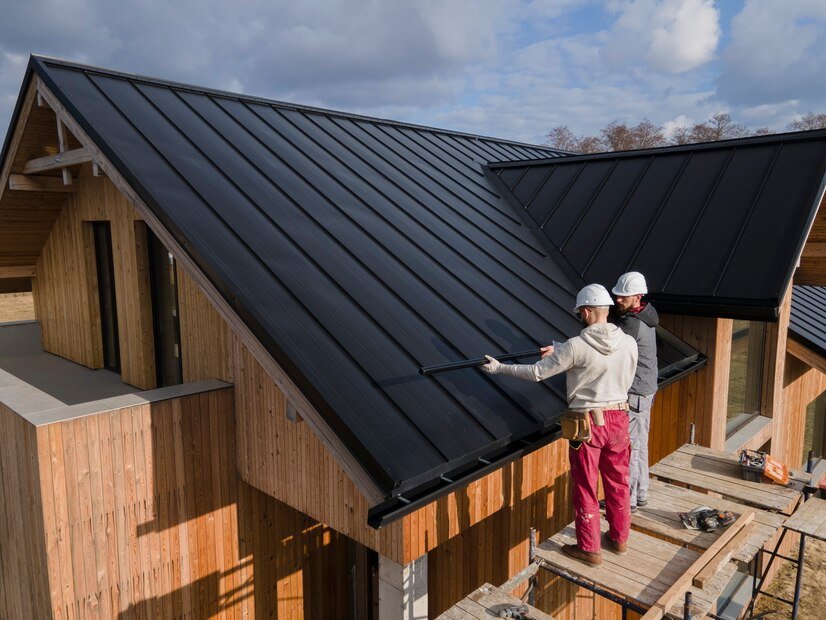ROOFING COURSE LEVEL 1
About this course
A Roofing Level 1 course typically covers foundational skills and knowledge for aspiring roofers, often aligned with industry standards (such as the National Center for Construction Education and Research - NCCER). Below are the common modules you might find in a Level 1 Roofing training program:
1. Introduction to Roofing
Overview of the roofing industry
Types of roofing systems (residential, commercial, steep-slope, low-slope)
Safety and career opportunities
2. Safety Practices in Roofing
OSHA safety regulations
Fall protection and harness use
Ladder and scaffolding safety
Hazard communication (chemical safety, MSDS)
3. Tools and Equipment
Hand and power tools used in roofing
Proper handling and maintenance
Roofing machinery (nail guns, hoists, etc.)
4. Roofing Materials
Types of roofing materials (asphalt shingles, metal, tile, slate, EPDM, TPO, etc.)
Underlayment, flashing, and insulation
Fasteners and adhesives
5. Roof Preparation and Deck Inspection
Assessing roof decks for damage
Removing old roofing materials
Installing vapor barriers and underlayment
6. Basic Roofing Installation Techniques
Installing asphalt shingles (cutting, nailing, sealing)
Metal roofing installation basics
Flashing installation (chimneys, vents, valleys)
7. Waterproofing and Moisture Protection
Ice and water shield application
Proper sealing techniques
Drainage considerations
8. Roof Repairs and Maintenance
Identifying leaks and damage
Patching and sealing techniques
Preventative maintenance
9. Workplace Skills and Employability
Communication and teamwork
Basic construction math (measurements, angles, material calculations)
Professionalism and work ethics
10. Hands-On Training & Assessments
Practical roofing projects under supervision
Skill evaluations and safety compliance checks
Certification & Advancement
Some programs offer NCCER certification upon completion.
Graduates may progress to Roofing Level 2 for advanced skills.
Comments (0)
Hands-on training and assessment involves learning through practical application and evaluating skills in real-world scenarios, often using simulations or real equipment, and can be formative or summative, with the goal of improving skills and knowledge retention.
A tool can be any item that is used to achieve a goal. Equipment usually denotes a set of tools that are used to achieve a specific objective. • A tool can be non-mechanical as well. However, when one says equipment, there is a certain mechanical aspect to it that cannot be ignored.
A technical drawing, also called an engineering drawing, is a detailed, precise visual representation used to convey complex design information about an object, structure, or system, serving as a blueprint for its construction and manufacturing by clearly communicating dimensions, materials, and assembly instructions through standardized lines, symbols, and annotations; essentially acting as a visual language between designers, engineers, and manufacturers to ensure accuracy and consistency throughout the design and production process.
Basic roofing installation involves preparing the roof surface, installing underlayment, flashing, drip edges, and then securing roofing materials like shingles in overlapping rows, ensuring proper ventilation and sealing around vulnerable areas.
Moisture mitigation & waterproofing is an important element in protecting your investment. It prevents moisture and water from leaking into unwanted areas where it can cause damage. At times, this damage will be sight unseen until it is too late.
In construction, roof repairs and maintenance involve inspecting, repairing, and maintaining roofs to prevent leaks, ensure structural integrity, and extend the lifespan of the roof. This includes tasks like cleaning gutters, repairing damaged shingles or tiles, and addressing issues like flashing and leaks.
Quiz & Certificates





